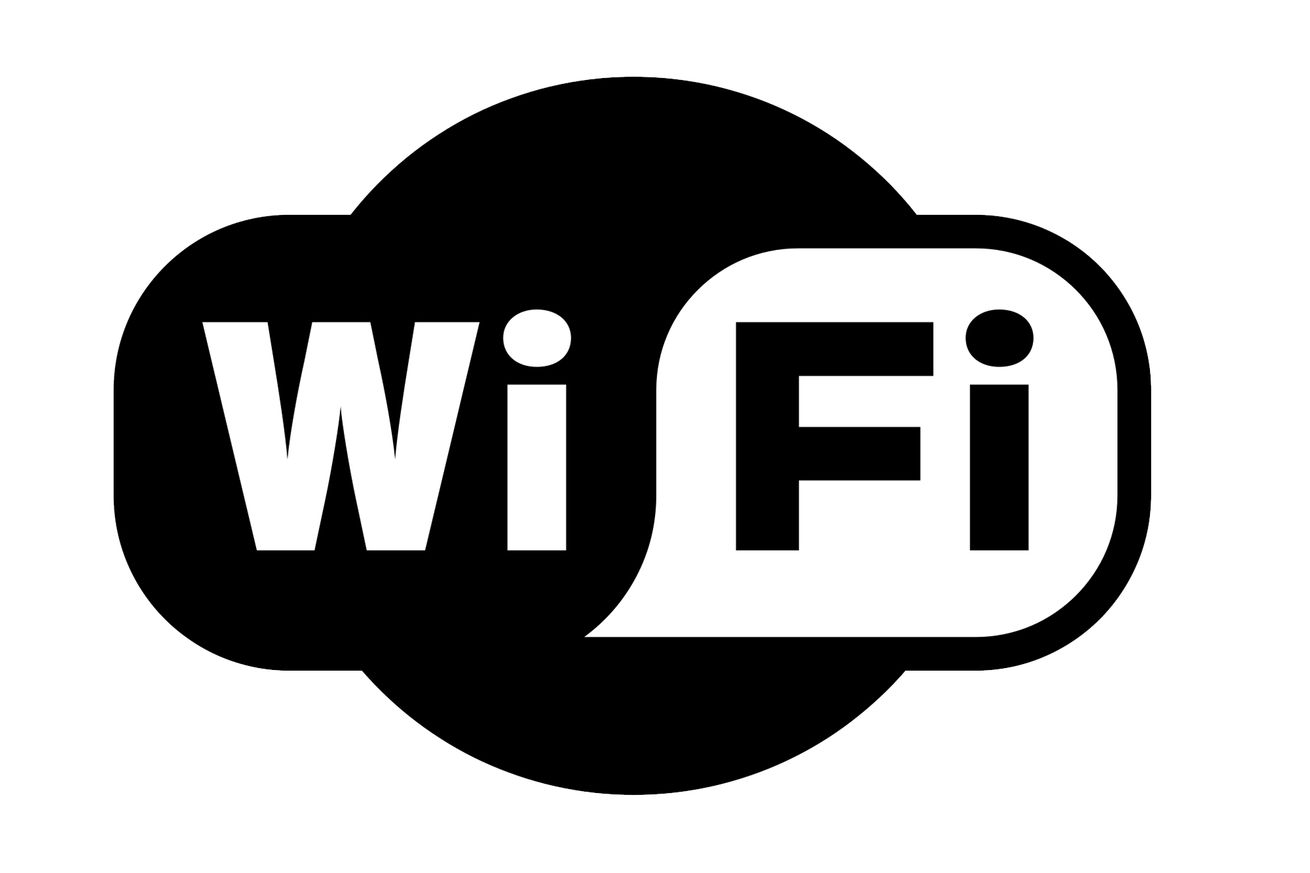Who Invented Wi-Fi and What does the name Wi-Fi mean?
Wi-Fi is a wireless local computer network that allows electronic devices to communicate with each other wirelessly. It typically operates in the 2.4 gigahertz (12 cm) UHF or 5 gigahertz (6 cm) SHF ISM radio bands.

Many devices can use this wireless technology, such as personal computers, video game consoles, smartphones, digital cameras, tablet computers, and digital audio players. These devices can be connected to a network resource such as the Internet through a wireless network access point. These access points, also known as hotspots in English, have a coverage area of up to 50 meters indoors and a much wider range outdoors. The coverage area of the wireless network access point can be as much as one room or up to several kilometers with the help of multiple overlapping access points.
Wi-Fi is less secure than wired connections such as Ethernet; because the person who wants to harm does not need to establish a physical connection.
Wi-Fi History
In 1971, ALOHAnet connected the Hawaiian Islands using a UHF wireless packet network. ALOHAnet and ALOHA protocol were the precursors of Ethernet and IEEE 802.11 protocols, respectively.
Following the decision of the United States Federal Communications Commission in 1985, the ISM tape was made available for unlicensed use. These frequency bands were susceptible to interference as they used the same band as some devices such as microwave ovens.
In 1991, NCR Company, together with AT&T Company, invented a precursor system to 802.11 for use in cash registers. The first wireless products in this field had the name WaveLAN.
Australian radio-astronomer Dr. John O'Sullivan, his colleagues Dr. Terrence Percival AM, together with Mr Graham Daniels, Mr Diet Ostry and Mr John Deane, developed a key patent for use as a spin-off in Wi-Fi, which was later acquired by the Commonwealth Scientific and Industrial Research Organization (CSIRO). was used for "cleaning" signals on Wi-Fi.
The first version of the 802.11 protocol was released in 1997, and this version could reach speeds of 2 Mbits per second. The speed of the protocol, which was updated with the 802.11b version in 1999, could reach 11 Mbits per second and this protocol version gained popularity.
Also in 1999, the Wi-Fi Union was established. Unity acquired the rights to the Wi-Fi brand.
Wi-Fi uses many patents owned by many companies.
What does the name Wi-Fi mean?
The first commercial use of the name Wi-fi took place in August 1999. Interbrand Corporation, which provides brand consultancy, decided to use this name.
Most users are right to think that the term Wi-Fi is an abbreviation. First of all, we will move on to unofficial explanations on this subject, and then we will be a little surprised about the Wi-Fi expansion.
The general opinion assigns the meaning of Wireless to the "Wi" part and the meaning of Fidelity to the "Fi" part. The thing is, this commonplace is completely flawed, because Wi-Fi isn't really an acronym. Phil Blancer, one of the chief engineers working at the company that produces the technology, clarified the issue as follows.
“Wi-Fi is a completely ridiculous word. It's not just any acronym. It doesn't mean anything. As the founding members of the association, we agreed with the advertising firm Interbrand for our association's logo and name. Well, ultimately for this technology, it's much more catchy than the name IEEE 802.11b Direct Sequence. We needed a name."
